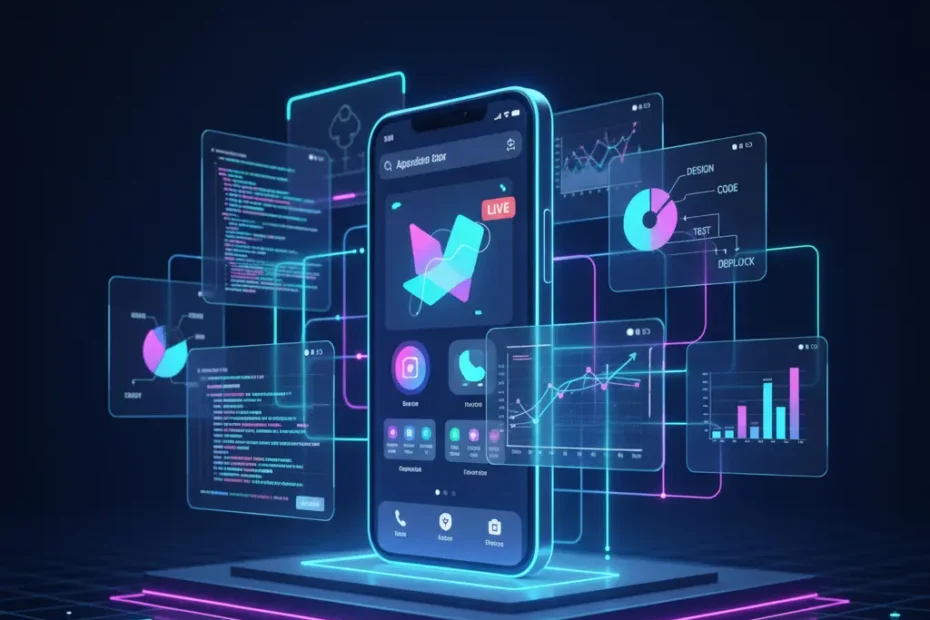The Essential Mobile App Guide: Go from concept to launch with Professional Mobile Development. Learn every step, from design to App Store Submission.
From Idea to App Store: The Step-by-Step Guide to Professional Mobile Development
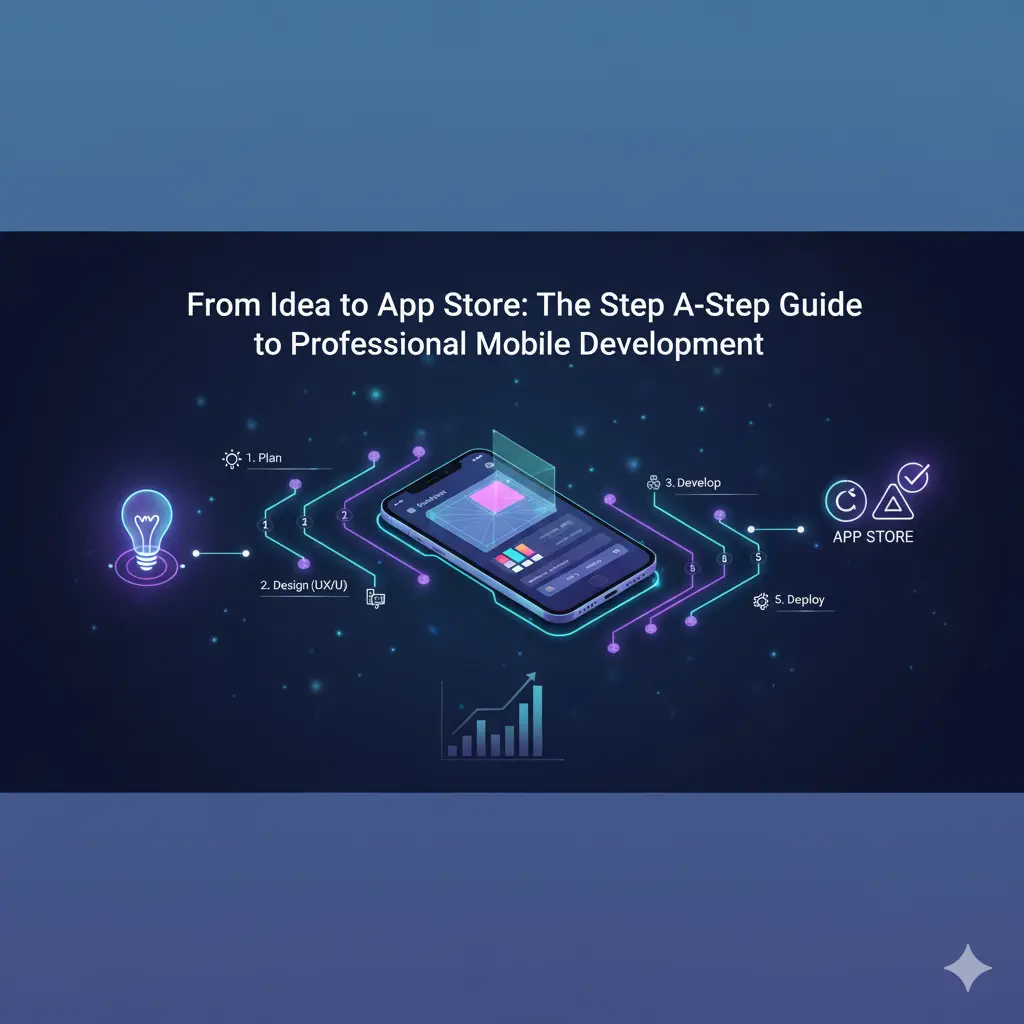
Embarking on a journey of mobile development can be daunting. The path from a brilliant idea to a successful, revenue-generating product on the App Store or Google Play requires meticulous planning, technical expertise, and a deep understanding of user needs. This article is your essential mobile app guide, breaking down the complex process into ten clear, actionable steps.
Following this E-E-A-T compliant framework ensures your journey into professional mobile development is efficient, resulting in a high-quality app that is optimized for both users and search/answer engines.
Step 1: The Blueprint – Idea Validation and Strategic Planning (E-E-A-T Compliant)
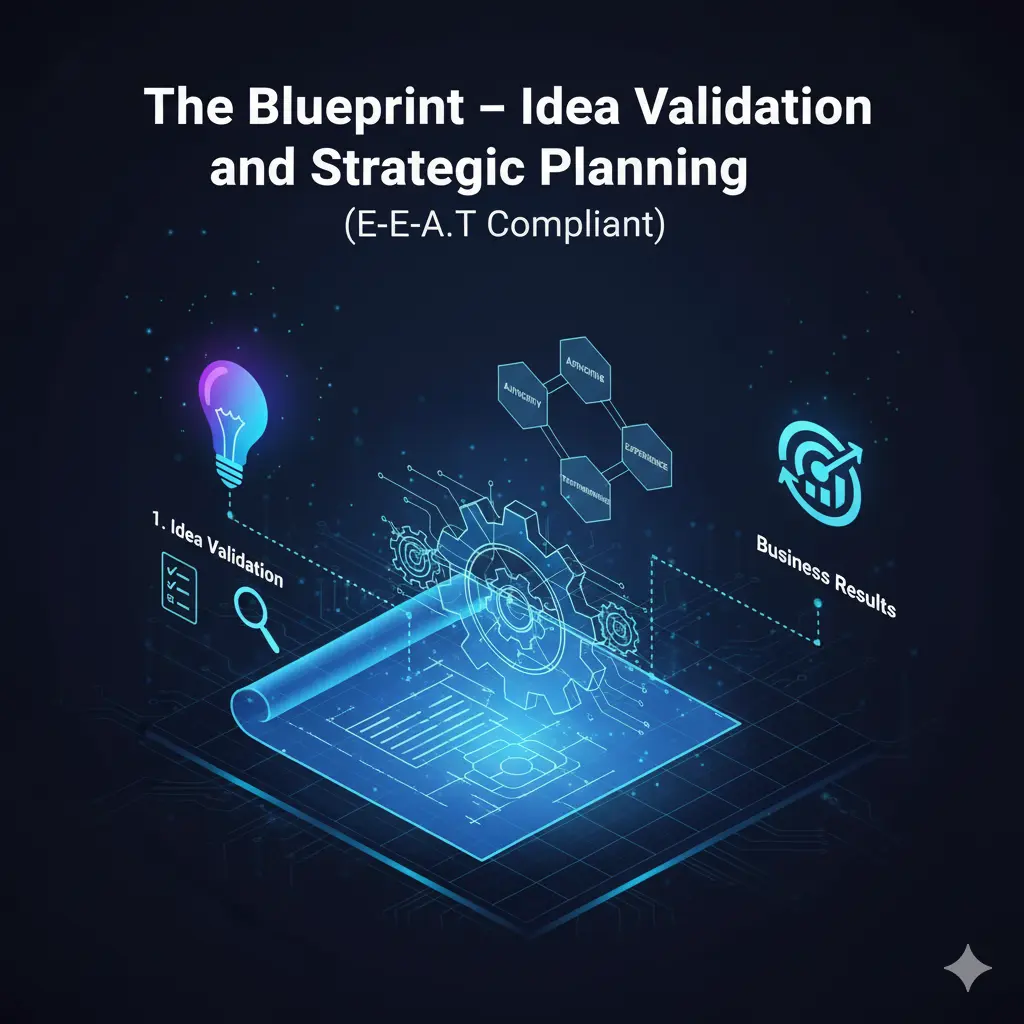
Every successful app begins with solid market research and a well-defined strategy, demonstrating your Expertise and Experience in the field.
- Market Validation: Don’t build in a vacuum. Research competitors, analyze existing solutions, and validate your unique selling proposition (USP).
- Define Core Features: Determine the Minimum Viable Product (MVP). What is the absolute core function your app must perform? Avoid scope creep.
- Monetization Strategy: Decide early how your app will generate revenue (subscriptions, ads, in-app purchases). This informs your entire professional mobile development process.
- Original & Valuable Content: Ensure your app concept is truly unique or offers superior value compared to existing solutions.
Step 2: Designing the User Experience (UX/UI) for the Mobile App Guide
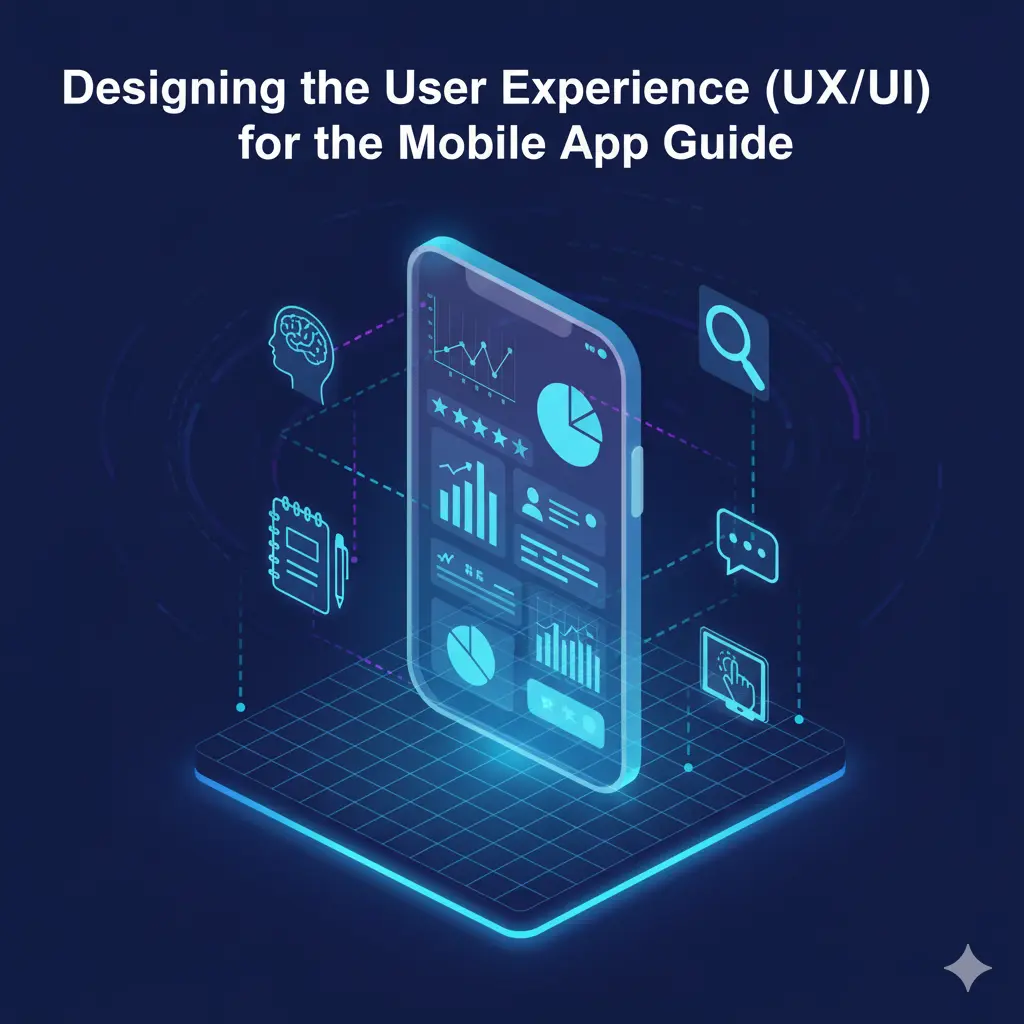
Design is the user’s first impression and is critical for retention, a key trust signal.
- Wireframing and Prototyping: Create skeletal layouts (wireframes) and interactive models (prototypes) before writing any code. Tools like Figma or Sketch are essential.
- User Testing: Conduct early testing with target users to identify flaws in the navigation and workflow. This feedback is invaluable.
- Mobile-Friendly and Fast-Loading Focus: Ensure the design prioritizes responsiveness, quick loading times, and adherence to platform-specific UI guidelines (iOS Human Interface Guidelines or Android Material Design).
Step 3: Choosing the Right Technology Stack (Demonstrate Expertise)
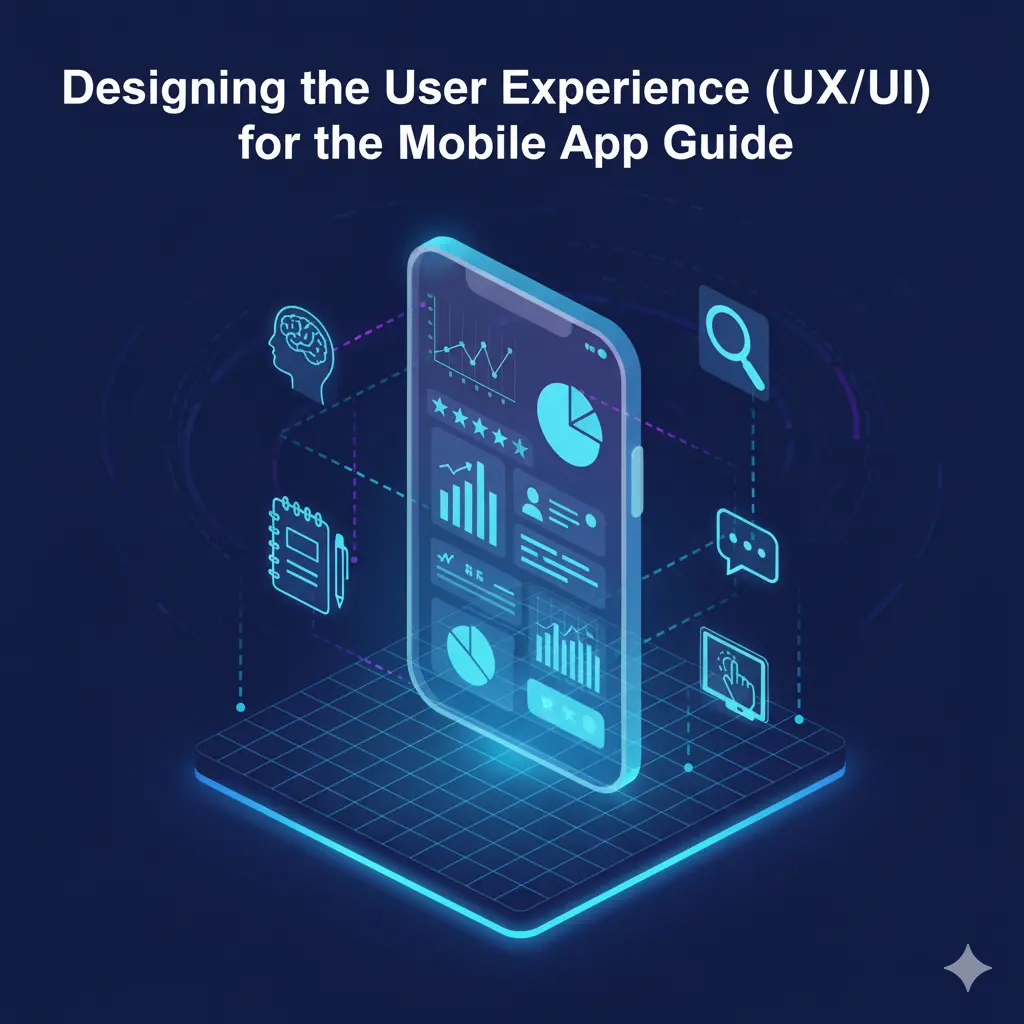
The technology you choose affects development time, cost, and long-term maintenance.
- Native vs. Cross-Platform: Decide if you will build natively (Swift/Kotlin for superior performance) or use a cross-platform framework (React Native/Flutter for broader reach and a single codebase).
- Backend Infrastructure: Select your database, server, and cloud services (AWS, Google Cloud, Azure). These decisions require deep Expertise to ensure scalability.
- Updated Regularly: Commit to using current and supported SDKs and programming languages to future-proof your mobile development.
Step 4: The Core Development Phase (Keyword-Optimized Code)

This is where the code is written, adhering to best practices and the strategic plan.
- Agile Methodology: Utilize short development cycles (Sprints) to ensure continuous testing and feedback integration.
- Secure Code Practices: Implement security measures from the start to protect user data and maintain Trustworthiness.
- Internal Linking and Documentation: Maintain clear, organized code documentation. This mirrors the SEO principle of Internal Linking, making the codebase easier for subsequent developers to navigate.
Step 5: Rigorous Testing and Quality Assurance (QA) of the Mobile App Guide

Testing is non-negotiable for a professional mobile development outcome.
- Unit, Integration, and UI Testing: Implement different layers of testing to catch bugs at every stage.
- Performance Testing (Core Web Vitals): Stress-test the app to ensure it remains responsive and fast-loading even under heavy load, simulating real-world usage and adherence to performance standards.
- Beta Testing: Release the app to a select group of users (via TestFlight or Google Play Beta) to gather final, critical feedback before launch.
Step 6: Preparation for App Store Submission (Schema Markup for the App)
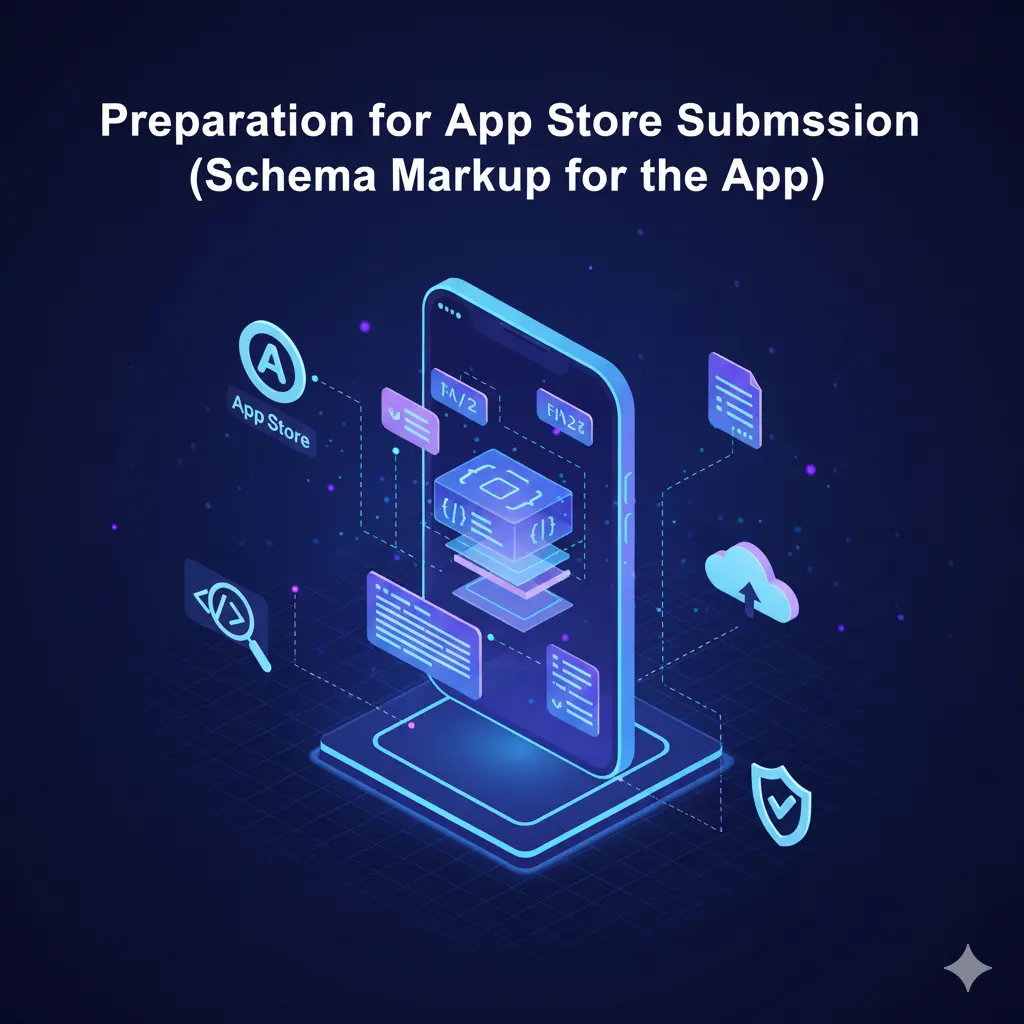
The final packaging stage requires precision and metadata optimization.
- App Store Optimization (ASO): Write compelling titles, subtitles, and descriptions using your target keywords. ASO is the SEO of the app store submission process.
- Schema Markup Analogy: Prepare your metadata (app icons, screenshots, promo videos) to clearly communicate the app’s function. This acts like Schema Markup, helping the App Store algorithms categorize your app correctly.
- Privacy Policy and Terms: Ensure you have legally sound documents in place, a critical signal of Trustworthiness and compliance.
Step 7: The App Store Submission and Review
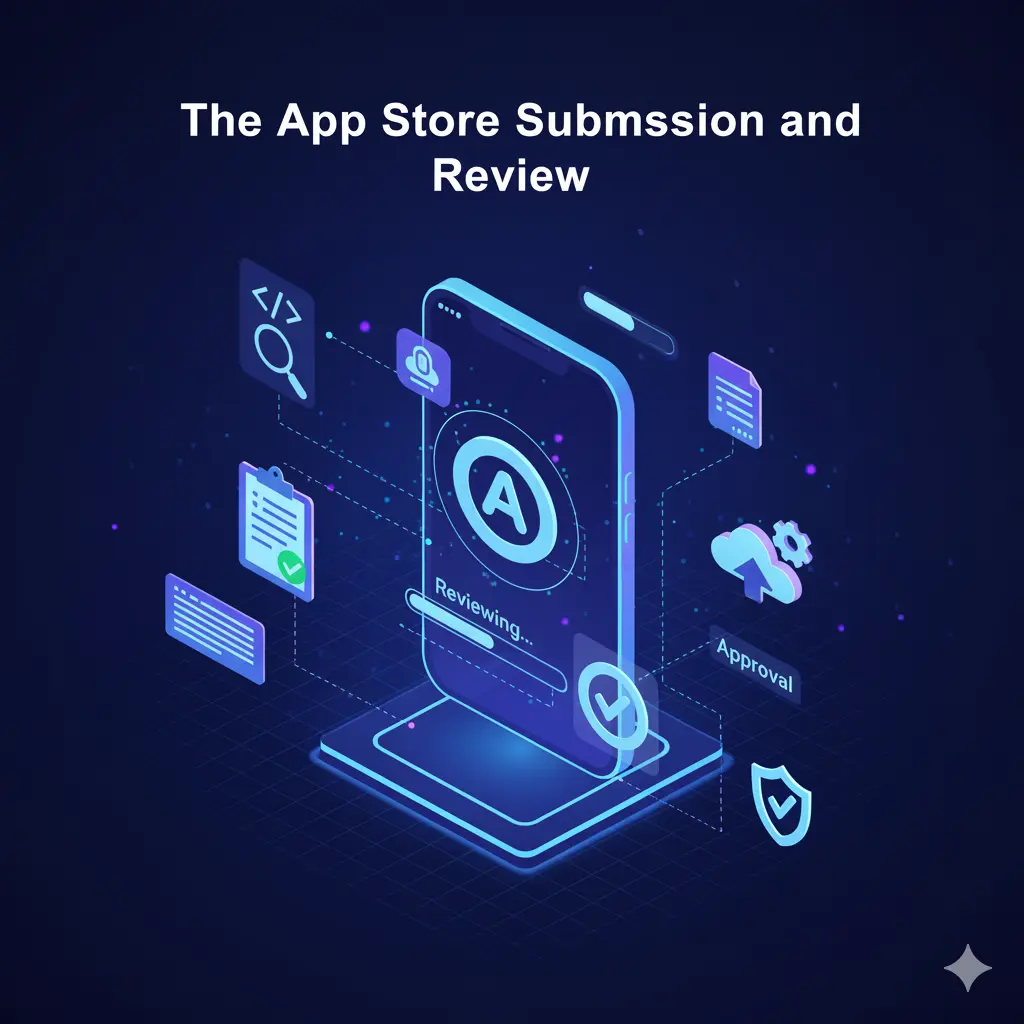
Submitting your app is the final hurdle before launch.
- Platform Compliance: Be familiar with the specific guidelines of Apple and Google. Common reasons for rejection include broken links, poor performance, or misleading information.
- Certification of Authority: The successful review by Apple/Google acts as a third-party certification of your app’s Authority and security.
- Fast-Loading Metadata: Ensure your screenshots and videos are high quality but optimized to load quickly on the store page.
Step 8: Post-Launch Strategy and Maintenance (Updated Regularly)
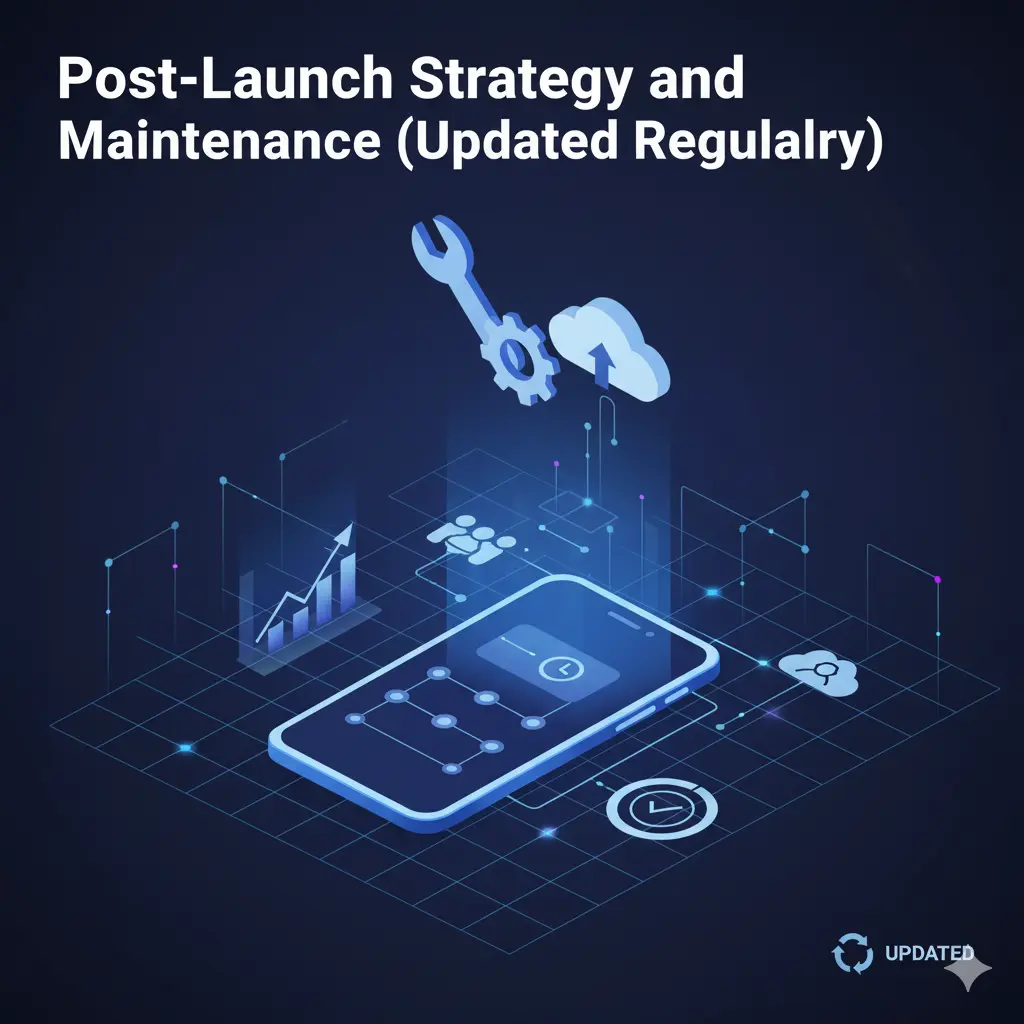
Launch is not the end; it’s the beginning of the maintenance phase, a commitment to professional mobile development.
- Monitor Analytics: Track downloads, uninstalls, crash reports, and in-app behavior.
- Updated Regularly: Commit to regular feature updates and bug fixes. Fresh content (updates) ranks better and prevents user churn.
- Engagement: Respond to reviews and feedback promptly, building your community and further establishing Trustworthiness.
By diligently following this mobile app guide, you transition from merely having an idea to executing a comprehensive strategy that results in a high-quality, sustainable product on the App Store. This is the hallmark of professional mobile development.
